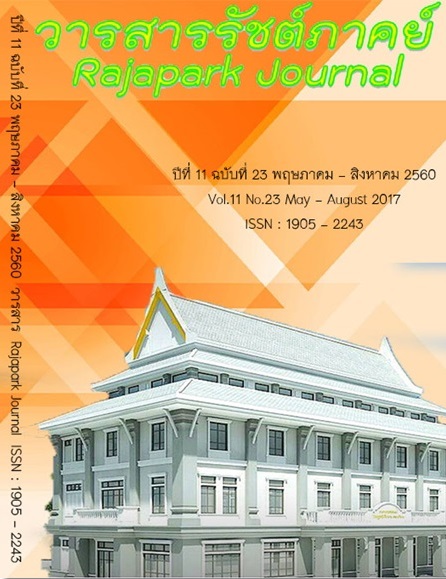Contradictions in Harmony-Experiences of Pure Consciousness Understood through the Science of Creative Intelligence : A Qualitative Analysis of Research in Consciousness
Main Article Content
Abstract
Throughout the ages, philosophers, poets, and scientists alike have recognized the existence of harmony in diversity, the co-existence of contradictions or opposites in nature. This paper explores the harmony that holds together opposites/contradictions experienced in one’s own pure state of fundamentally unified consciousness, as experienced through the technologies of the Science of Creative Intelligence, taught by Maharishi Mahesh Yogi. The method used to explore consciousness in this research is the Maharishi Technologies of Consciousness, the Transcendental Meditation and TM-Sidhi program including Yogic Flying. This paper reports on results of a qualitative phenomenological case study of self-research. In this study, results of research in consciousness-personal subjective experiences-are examined with reference to the principles of the Science of Creative Intelligence. This science explains how two opposite values-silence and dynamism-coexist in harmony in the state of pure self-referral consciousness, where consciousness is fully awake to itself alone. The results investigated in this study demonstrate that it is possible to experience these opposites in complete harmony in one’s pure self-referral consciousness. The Science of Creative Intelligence emphasizes that when one establishes this field of the harmony of all opposites- pure wakefulness-as a continuum of awareness within, one enjoys happiness and bliss in outer life in higher states of consciousness.
Article Details
Views and opinions appearing in the Journal it is the responsibility of the author of the article, and does not constitute the view and responsibility of the editorial team.


